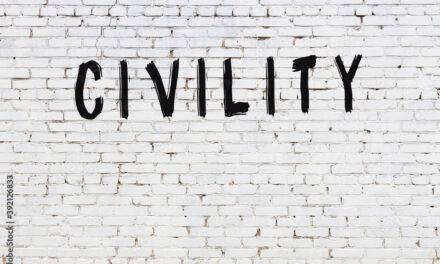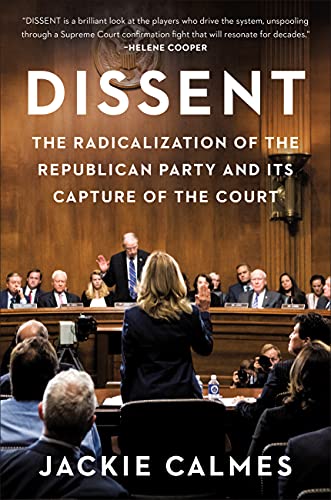Local Court Rules: Know and Uniformly Obey Them
Michael Sean Quinn*
In my experience lawyers, including litigating lawyers, do not take seriously the local rules of court. This is a bad idea. In one recent case, for example, two lawyer from large prestige law firms–what are called BigLaw lawyers from BIGLAW firms, were money-sanctioned for telling their client that he didn’t need to come physically to a mediation. Sporadic attendance by Skype would be sufficient.
Alas, there is a Local Rule 16.2 in at least one of the federal district courts in the Southern District of Florida that controls mediations, and subsection e of it requires parties to actually show up without written consent of the presiding judge. (Not only do parties have to show up, but so do “required claim professionals (e.g., insurance adjusters)[.]”)
The defendant did not show, since his Ls told him didn’t have to. Consequently, those Ls were ordered to pay $13,058.82 in sanctions. See Federal Rule of Civil Procedure 16(f). Most of this sum, which the two Ls owed jointly and severally, was for the travel expenses of the plaintiff and his Ls. (The court excluded amounts that the plaintiff and his lawyers would have to pay to come back to where-ever for the next–the actual–mediation. It also excluded attorney fees for the plaintiff’s Ls to “reprepare” for the future mediation. The plaintiff’s motion to strike was also denied.)
This is the sort of thing lawyers are reminded of over and over again. And yet they still, at least sometimes, do not pay attention. Maybe the facts in this case will draw some focus.
The plaintiff was an unsightly fellow. He has some sort of rare genetic disorder which caused deformities of his face and tooth loss. The defendant was Shaquille O’Neal, a basket ball player (for any reader who is wondering). It seems that Shaq had published a photo in two social amusement internet places of himself imitating the look of the plaintiff with an actual photo of the plaintiff next to his.
There being no cause of action or poor manners that have arisen to torture and humiliation of the innocent, the plaintiff sued for defamation and invasion of privacy. One can guess the defenses without difficulty, though I must say I am now tempted to conceive of a new tort, that defamation by tasteless comparative visualizations.
Interestingly, the opinion of the court itself does not set forth the facts as pleaded in its ORDER GRANTING IN PART AND DENYINT IN PART PLAINTIFF’S MOTION FOR SANCTIONS. Binion v. O’Neal, 15-60869-CIV-COHN/SELTZER (S.Fla. February 16, 2016). But see various news sources. It does point out, however, that the plaintiff’s Ls had indicated that they wanted the defendant there and had received no reply.
*Michael Sean Quinn, Ph.D. and J.D., Etc.
Quinn and Quinn
1300 West Lynn Suite 208
Austin, TX 78703
Office Phone: 512-296-2594
Cell:512-656-0503
Fax: 512-344-9466
Email: mquinn@msqlaw.com
Quinn and Quinn
Email: mquinn@msqlaw.com






Recent Comments